Research
Search our website
Search our website by entering a keyword or choose a database above to search specifically.
Search
Showing search results 12,851 - 12,860
14,718 results found

Papeterie Nias. Fournisseur des ministères, du corps notarial, du bureau, de toutes les grandes administrations, etc., etc.

Papeterie Nias. Nouveau papier toile anglaise

Papeterie Nias. "Phoenix" english note paper

Papeterie Nias. Fabrication de registres et copie de lettres fournitures pour bureau.

Louis Cordemans. Monsieur, ...

Papeterie Nias. Fournitures de bureau
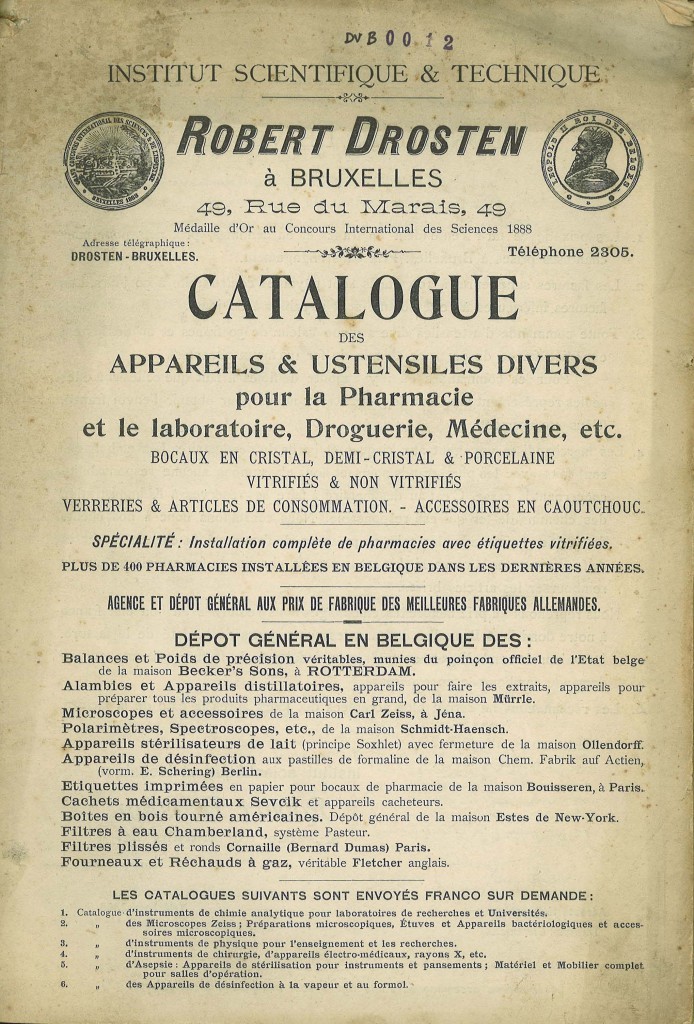
Robert Drosten. Catalogue des appareils & ustensiles divers pour la pharmacie et le laboratoire, droguerie, médecine, etc.
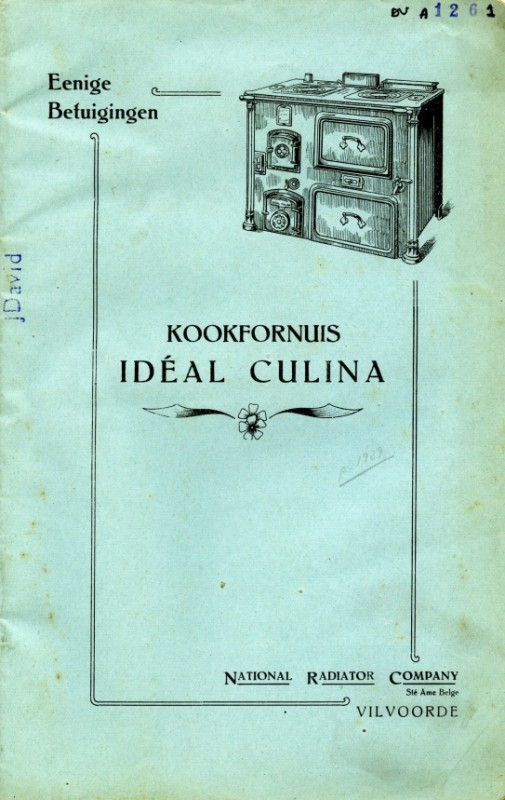
National Radiator Company S.A. Eenige betuigingen. Kookfornuis Idéal Culina = Quelques références. Fourneau Idéal Culina
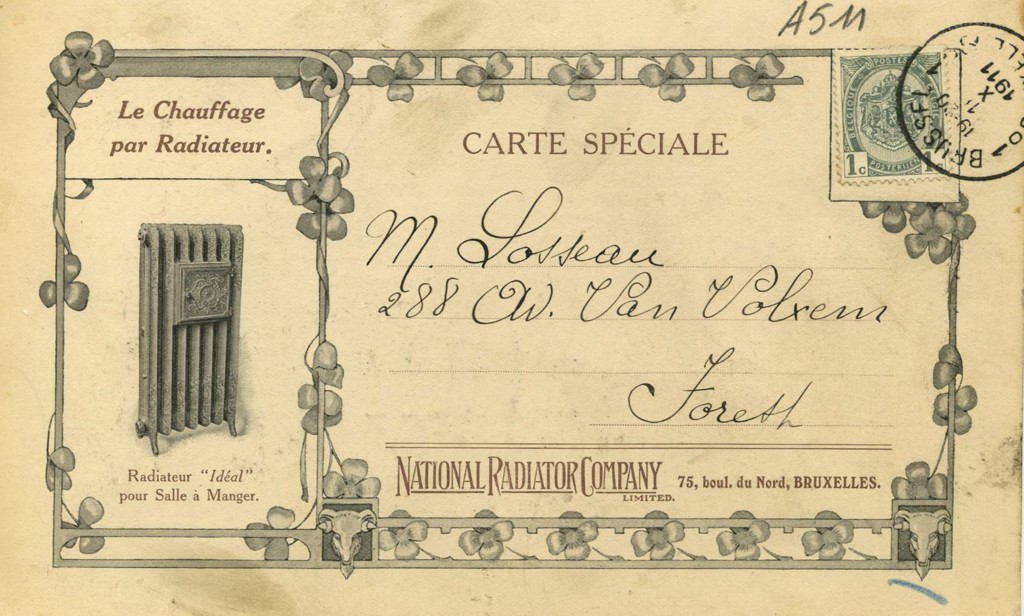
National Radiator Company Limited. Le Chauffage par Radiateur. Radiateur
National Radiator Company Limited. Le Chauffage par Radiateur. Radiateur "Idéal" pour salle à manger. Carte spéciale.
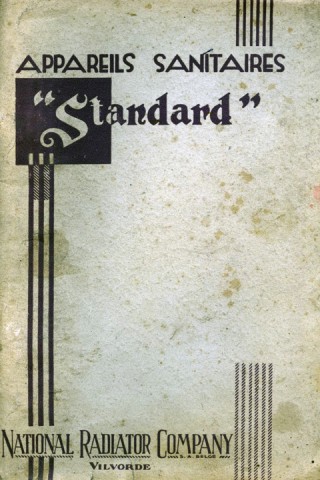
National Radiator Company. Appareils sanitaires
National Radiator Company. Appareils sanitaires "Standard"



